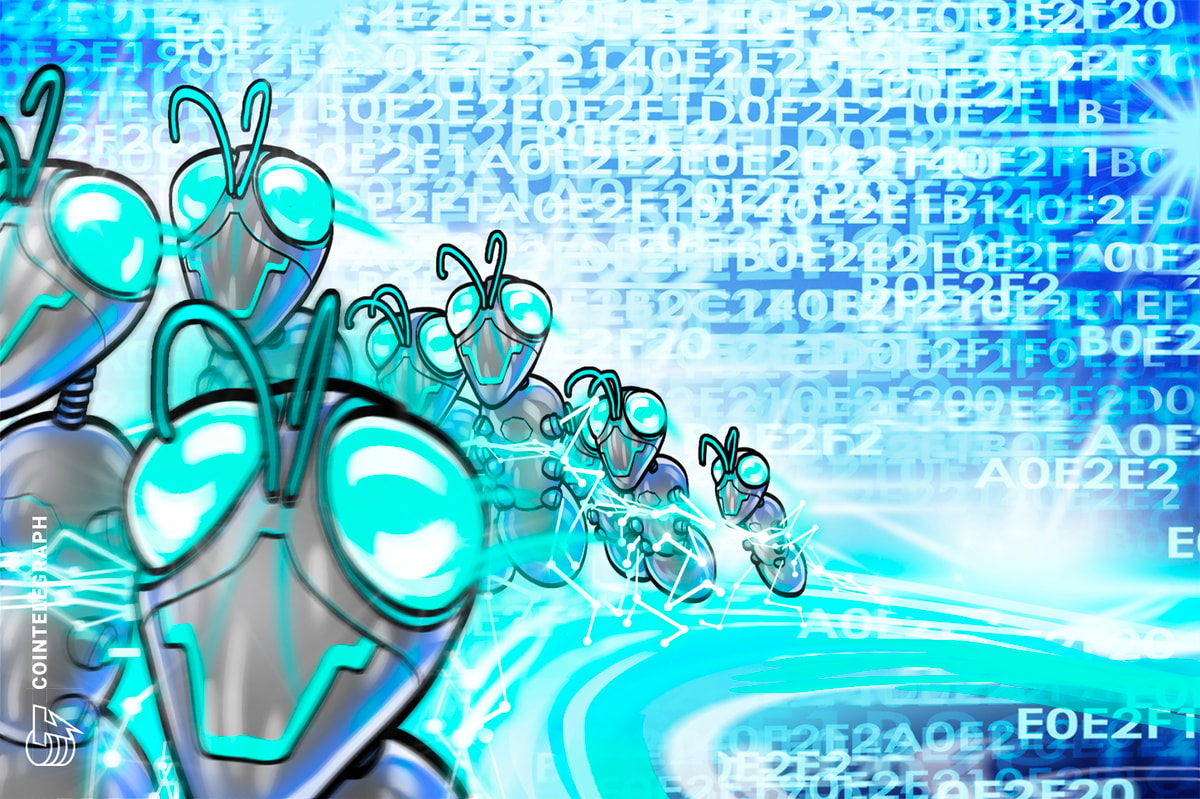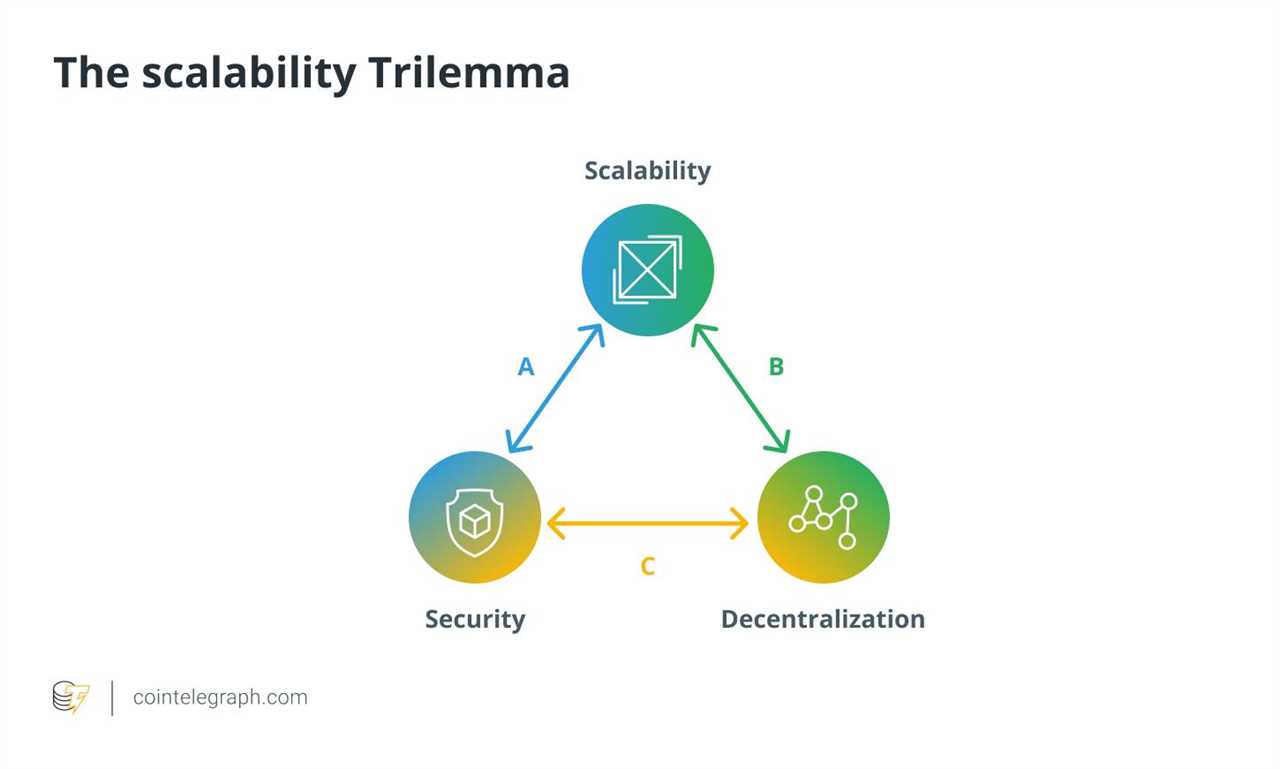
Digital assets are typically restricted to their native blockchain networks, and existing methods of transferring tokens from one blockchain network to another are highly vulnerable to hacking or involve using a trusted third party.
However, multichain tokens enable users to transfer their assets to another blockchain directly without giving up custody of their tokens.
Experts in the blockchain space believe that cross-chain tokens can positively impact the industry by enabling greater user participation over multiple networks.
Marius Ciortan, director of product engineering at Bitpanda and Pantos, a European crypto exchange, told Cointelegraph, “Multichain tokens can establish a more fluid and connected environment in the context of decentralized finance.”
Ciortan continued, “Multichain tokens, for example, can aid in developing more efficient decentralized exchanges by allowing users to trade assets across several blockchain networks. This can aid in improving liquidity and decreasing fragmentation in the DeFi ecosystem.”
Multichain tokens can also help connect blockchain networks, assisting developers in deploying their applications on multiple blockchains. Hoon Kim, chief technology officer at Astar Foundation, a layer-1 smart contract platform, agreed, telling Cointelegraph, “More asset and liquidity interoperability means more interdependence between ecosystems. This can expand the network to allow more innovation and increase the risk of failure when one asset loses its value.”
“But if an asset wants to increase its demand, we can see a future where more and more projects will aim to inject their assets into multiple networks and increase their utility,” Kim said.
Challenges with interoperability
Facilitating communication and interoperability among various blockchain networks heavily relies on interoperability protocols. However, interoperability protocols in the blockchain domain present several challenges that require resolution in order to ensure the seamless operation of the blockchain ecosystem.
The absence of standardization poses a significant obstacle to interoperability protocols. There are many different exchange protocols, and each one has a different design and framework. This means that the environment is full of different networks that don't work together.
Since there isn't much unity, it's hard for developers to make apps that can run on different blockchain networks and still work. Because of this, people who work in software development have to learn how to use different exchange standards, which can take a lot of time.
Scalability is another obstacle to interoperability protocols. Most interoperability protocols are specifically engineered to manage a restricted quantity of transactions, potentially impeding the flow of data in networks that experience high traffic levels.

As a result, the issue of scalability may lead to sluggish transaction processing, elevated fees and network overcrowding.
Recent: Crypto regulation: Does SEC Chair Gary Gensler have the final say?
To tackle this challenge, it is imperative to devise interoperability protocols capable of managing large quantities of transactions and expanding proportionately with the increasing adoption of blockchain technology.
Security is another noteworthy obstacle for interoperability protocols. The interconnectivity of blockchain networks is associated with an elevated likelihood of security breaches and hacks. The absence of security considerations during the design of an interoperability protocol can lead to exploitable vulnerabilities of which malevolent entities can take advantage.
Developers have stressed that it is imperative to design interoperability protocols with resilient security characteristics capable of safeguarding against potential attacks and upholding the authenticity of the blockchain ecosystem.
Ciortan said, “One of the biggest challenges we have seen across all interoperability projects in recent years is ensuring the system's security. Validation of events across multiple chains is a difficult task, and it takes a lot of work and research to develop a system that is robust enough to achieve this goal reliably and can stand the test of time.”
The challenge of addressing the complexity of interoperability protocols is a crucial matter that warrants attention. The intricacy of interoperability protocols necessitates a profound comprehension of cryptography, networking and distributed systems.
To get around these problems, the blockchain community has to work together to develop standards and best practices for interoperability protocols.
Kim also believes security is one of the major challenges concerning interoperability in the blockchain space. Kim said:
“Most bridge protocols are managed through a centralized server that facilitates a burn-and-mint function where the account is controlled via a multi-sig. But recently, we've been seeing a lot of ‘layer 0’ protocols with node validators and virtual machines to connect one blockchain with another.”
Centralized bridge protocols can be vulnerable to hacking, data breaches or other cyber attacks. If the central intermediary or other components of the bridge infrastructure are compromised, it can result in loss of assets, data leaks or other security breaches that can have serious consequences for users.
Since multichain token systems work by users swapping their tokens directly, without any intermediaries or bridges, this can help to address some of the challenges with traditional interoperability protocols.
Operating principles of a multichain token system
The Pantos group has created a novel benchmark called the Pantos Digital Asset Standard (PANDAS). The standard is the principal facilitator of tokens operating across multiple blockchain networks. Based on years of study, the Pantos team has developed a framework that allows tokens to interact smoothly with various blockchains.
Because Pantos is more of an infrastructure layer than a bridge, the PANDAS standard enables developers to deploy their existing tokens and newly created tokens on several blockchains without doing any maintenance work. This indicates that their tokens are on several chains and may be freely moved from one chain to another.
PANDAS does this via smart contracts, which are agreements that carry out themselves when specific circumstances are satisfied. In this scenario, the cross-chain transfer is made possible because of the smart contracts and a network of nodes.
For instance, if someone has an Ethereum-based token and wants to trade it on a BNB Chain DEX, they do not have to depend on a bridge to move a wrapped token to a different chain since they can utilize the Pantos technology to transfer their token to a new chain natively.
How does the multichain verification process work?
Pantos has been developing several validation procedures for a considerable period of time. The ultimate validation method is currently unreleased to the general public; however, it will constitute an enhanced iteration of the oracle-derived methodology.
The approach facilitates enhanced scalability and decreased gas fees while maintaining the system's security standards. Oracles are primarily utilized as instruments for making inquiries. For example, the oracle on a blockchain can be queried by any Pantos client to verify a transaction on a different blockchain.
The Oracle verification process is founded on a combination of threshold signature schemes and distributed key generation (DKG) protocols developed by Dan Boneh, Ben Lynn, and Hovav Shacham — computer scientists at Stanford University. These cryptographic techniques facilitate the authentication of signatories' legitimacy by users. The Boneh-Lynn-Shacham threshold signature allows users to verify that a signer is authentic, and DKG enables multiple parties to contribute to the calculation of a shared public and private key set.
The process is executed with a dual focus on economic and logistical efficiency, achieved through consolidating multiple signatures into a singular signature. In addition, the act of verifying a solitary signature can function as proof that the necessary minimum number of signatories backs the signed correspondence.
Pantos produces a decentralized private key, wherein the oracle nodes possess distinct private key shares, despite lacking ownership of the distributed private key. A public key, in essence, can be deemed analogous to a decentralized private key. Utilizing the private key shares possessed by the oracle nodes, the network can effectively consolidate their discoveries and generate an encoded message that can subsequently be deciphered using the public key.
Related: Building communities and ensuring NFT success: Insights for artists
If the oracle nodes undergo modification, all components, including the private key shares, the distributed private key and the public key, may undergo alteration. Typically, producing new keys necessitates oversight from a trustworthy individual in a position of authority. In contrast, Pantos employs DKG protocols to dispense with the requirement for a dependable authority.
Multichain token systems have the potential to revolutionize the blockchain industry and make DeFi more fluid and connected. By allowing users to transfer assets directly between blockchains without relying on intermediaries or bridges, multichain token systems provide an additional and efficient method for users to engage across multiple blockchain networks.
Title: Connecting DeFi: How multichain token systems can improve liquidity
Sourced From: cointelegraph.com/news/connecting-defi-how-multichain-token-systems-can-improve-liquidity
Published Date: Wed, 19 Apr 2023 14:01:00 +0100






